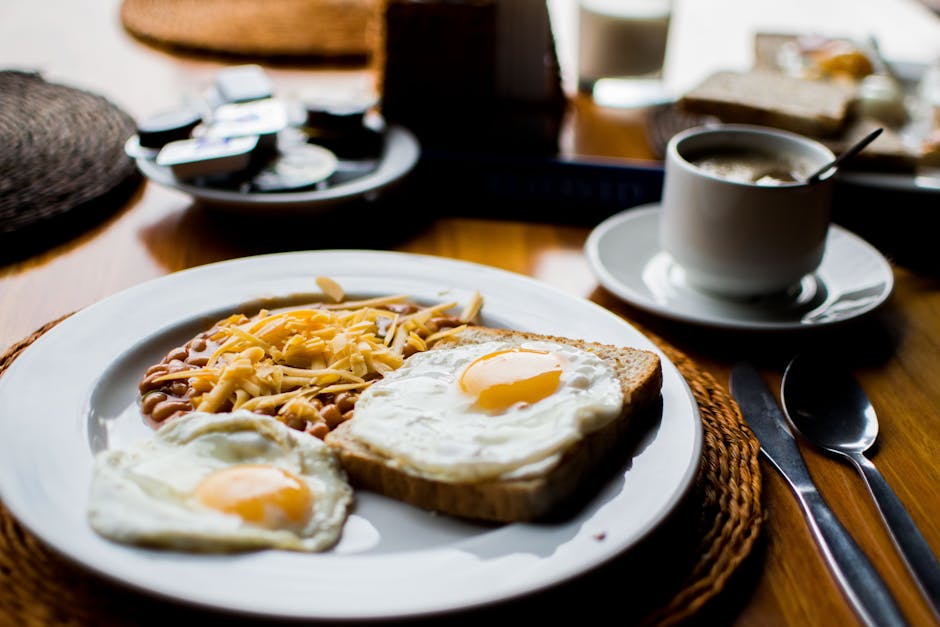
Textile Tales Intertwine with Ancient Culinary Traditions
Did you know that textile tales have a deep connection with ancient culinary traditions? It's true! This intriguing intertwining of two seemingly unrelated subjects has captivated historians and researchers for centuries.
When we think of textiles, we often envision fabrics, clothing, and home furnishings. But textiles have played a significant role in the world of culinary arts as well. From ancient times to the present day, textiles have influenced the way we prepare, present, and enjoy food.
One remarkable example of this connection can be found in the history of food preservation. Before the invention of modern refrigeration methods, ancient civilizations used textiles to store and preserve food. Textile bags, containers, and coverings helped keep food fresh for extended periods, allowing communities to thrive even in challenging environments.
The art of dyeing textiles also played a crucial role in ancient culinary traditions. Natural dyes extracted from plants and insects were used not only to color fabrics but also to add vibrant hues to food. For instance, cochineal, a red dye derived from insects, was commonly used to give rich color to beverages and desserts.
Furthermore, textiles have influenced the art of food presentation throughout history. Intricate tablecloths, napkins, and runners adorned with exquisite patterns and designs have elevated dining experiences to a whole new level. These decorative textiles not only added beauty to the dining table but also conveyed messages of wealth, status, and cultural identity.
Today, the influence of textiles in culinary traditions can still be witnessed in various forms. Chefs and food stylists often use textile-inspired plating techniques, such as folding napkins to resemble intricate origami or creating edible fabric-like designs using sugar or chocolate. This blending of textiles and food not only pleases the palate but also creates a visually stunning dining experience.
As textile tales intertwine with ancient culinary traditions, we gain a deeper appreciation for the intricate relationship between seemingly unrelated subjects. The next time you sit down for a meal, take a moment to reflect on the role textiles have played in shaping our culinary heritage. From food preservation to presentation, the influence of textiles is truly remarkable.

